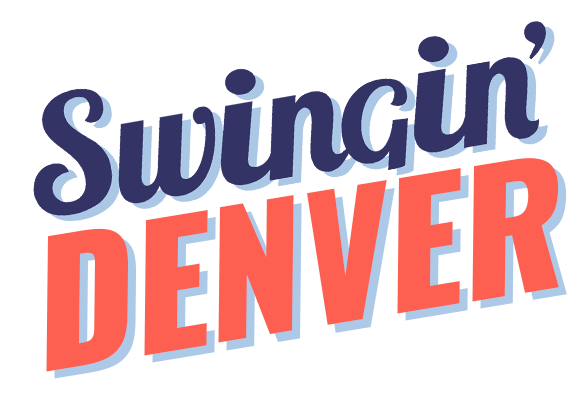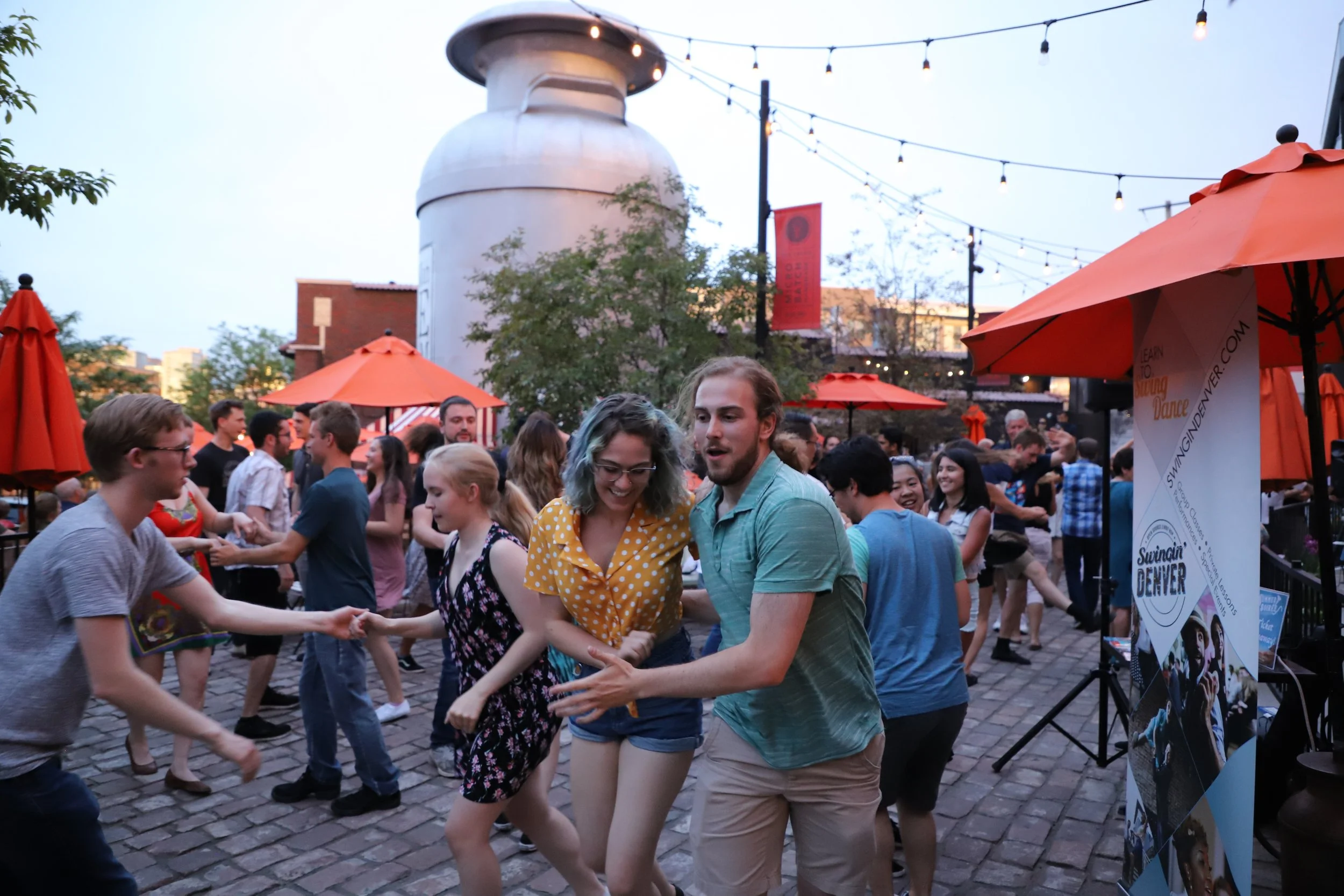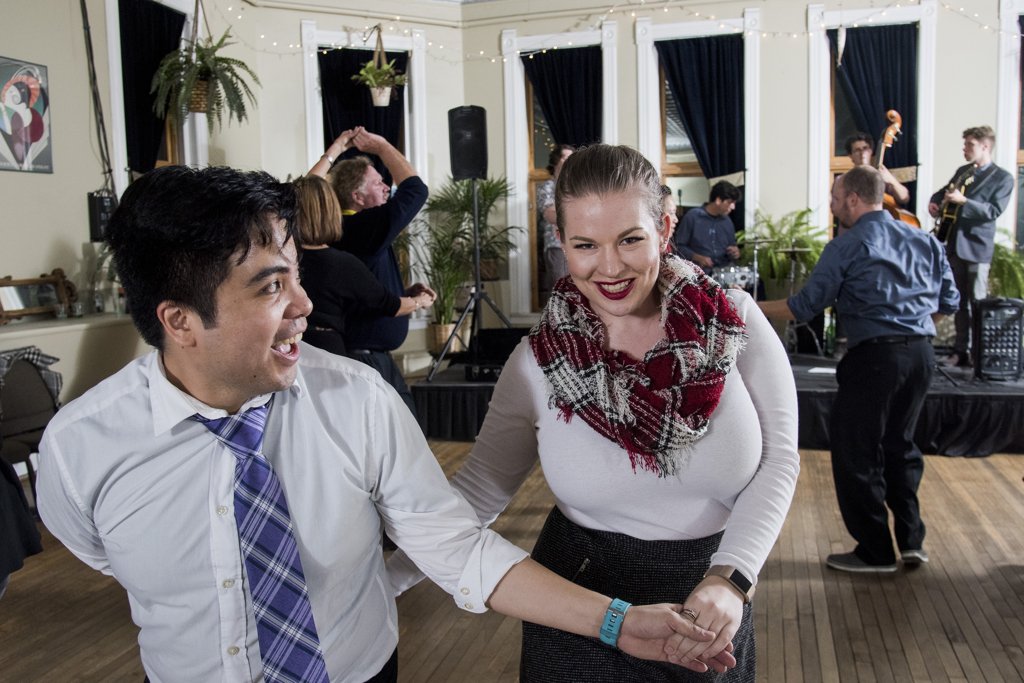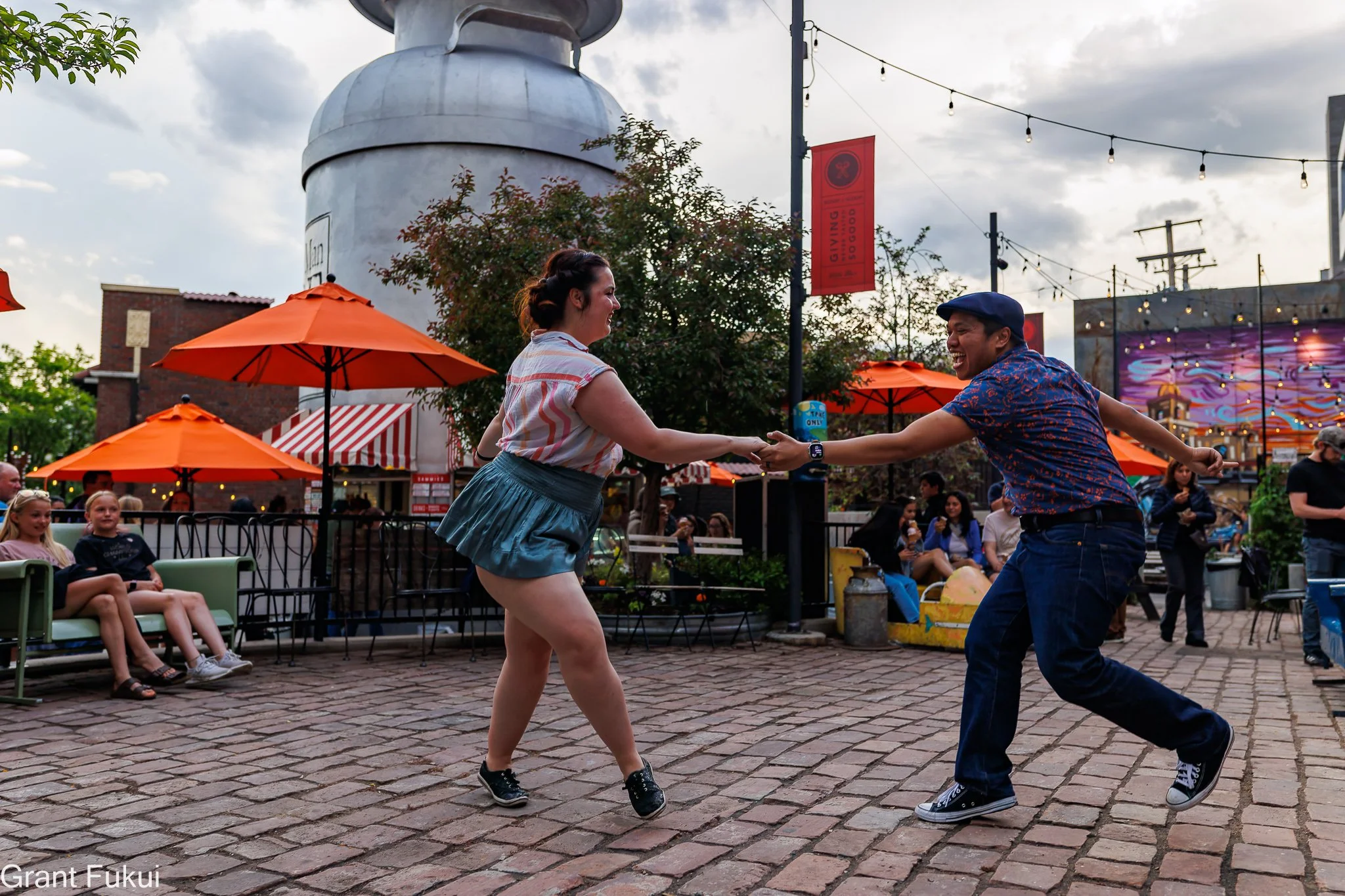I’m reading Sam Carroll’s thesis paper and came across the following (emphasis mine):
”Both Jackson and Malone draw on Ralph Ellison’s definition of African American vernacular dance, quoting the following passage from Going to the Territory:
‘I see the vernacular as a dynamic process in which the most refined styles from the past are continually merged with the play-it-by-eye-and-by-ear improvisations from which we invent in our efforts to control our environment and entertain ourselves. And this not only in language and literature, but in architecture and cuisine, in music, costume, and dance, and in tools and technology. In it the styles and techniques of the past are adjusted to the needs of the present, and in its integrative action the high styles of the past are democratized… Wherever we find the vernacular process operating we also find individuals who act as transmitters between it and earlier styles, tastes, and techniques. In the United States all social barriers are vulnerable to cultural styles (Ellison 139 – 41).’”
This is helping me now reconcile my complicated feelings toward labeling Lindy Hop as a vintage dance which Amy Johnson brought to the forefront last year when marketing for Ultimate Lindy Hop Showdown in New Orleans. Here is now a smattering of thoughts from me and others as it relates to Lindy Hop as a traditional dance - “traditional meaning, something that is rooted in tradition, but wholly alive. Of the now, but with some of the old ways preserved in order to connect it to the culture from which it came.”:
Notes from a conversation with Gaby Cook about the ideas behind Sw!ng Out and you can learn more through this NY Times article - Swingout! is a modern anthopological exhibition about how swing dancing is a form of humanity. Wants to be a display of swing dance in modern bodies/modern clothes and doing things that feel true to the dancers' bodies.
As dancers we are asked to bring ourselves into the dance including our entire lived-in experience. Teachers ought to be asking students to explore their range of personal movement while social dancing inside or outside class while avoiding asking them to re-enact the teachers’ exact movement because Lindy Hop is real now and not just the past.
From my experience selling and wearing vintage clothing, vintage was always something plucked from a fixed time period. Lindy Hop, as any vernacular dance, is mutable as seen in Moncell Durden’s documentary, Everything Remains Raw, and continuously spans multiple generations. It seems this could play into the revival myth that places white saviorism and dance colonialism in the midst of Black stories that featured Lindy Hop as ongoing community dance practice.
Vintage also communicates very differently between Black/BIPOC and white communities. The idea of vintage can also play into the idea of time travel to an era when Black communities dealt with Jim Crow laws, segregation, and much much more which Grey Armstrong tackles here.
From a marketing standpoint, I want to appeal to wide demographics and want potential students to see themselves learning and dancing Lindy Hop. Vintage can be a barrier to entry as people might not want to dress vintage, do a dance that seems to be a reproduction, or do something deemed out-of-fashion.
If you were to look at comparable dances including blues, salsa, argentine tango, you’ll rarely if ever find them branding their dances as vintage though some have as long if not longer lineage than Lindy Hop. Again, why does Lindy Hop and its dance peers get the vintage treatment? One theory posits that by labeling a dance as being in the past or even “dead,” one can preserve and do with it as they see fit, therefore separating it from its originating culture.
Overall, I see this as a complicated subject and still want to include people where vintage plays a large role in their lifestyle. I do think labeling swing dances and music as vintage keeps them in the past while new swing content continues to be produced by both dancers and bands. To paraphrase what Rachael Pitner once wrote - To limit Lindy Hop being a “vintage” dance likely sterilizes it and hurts the art form.






